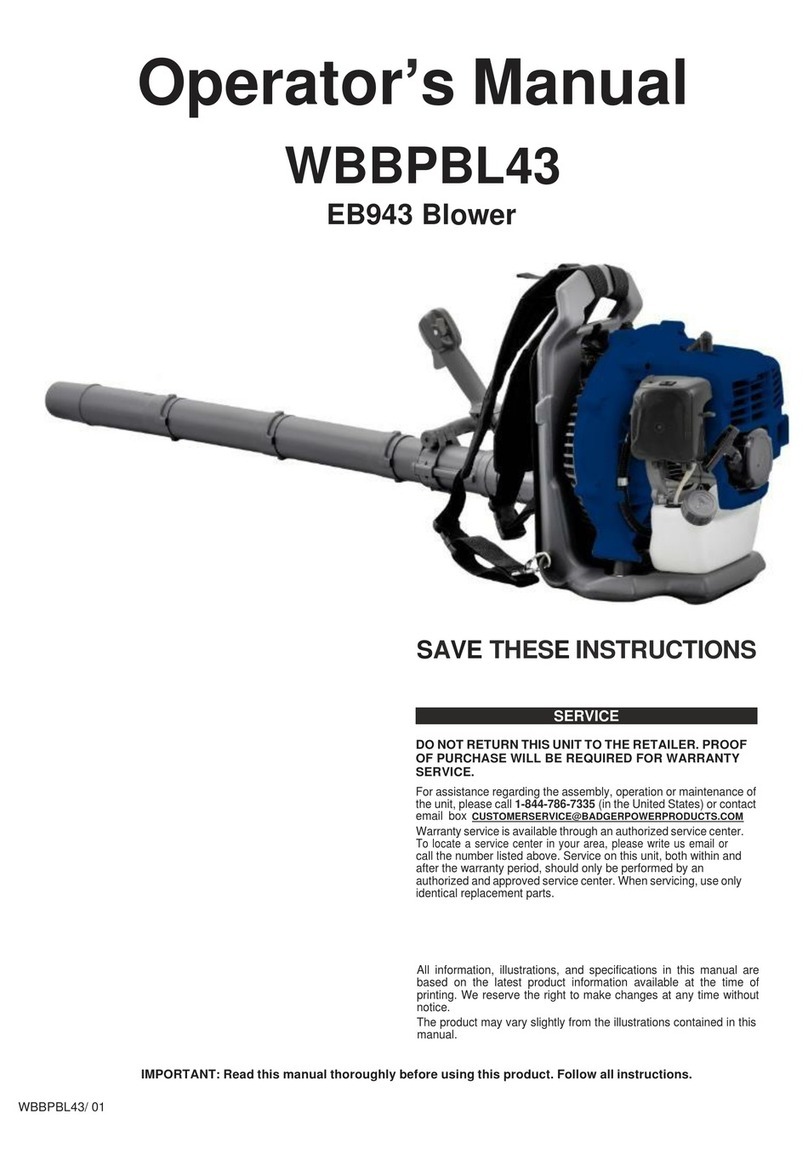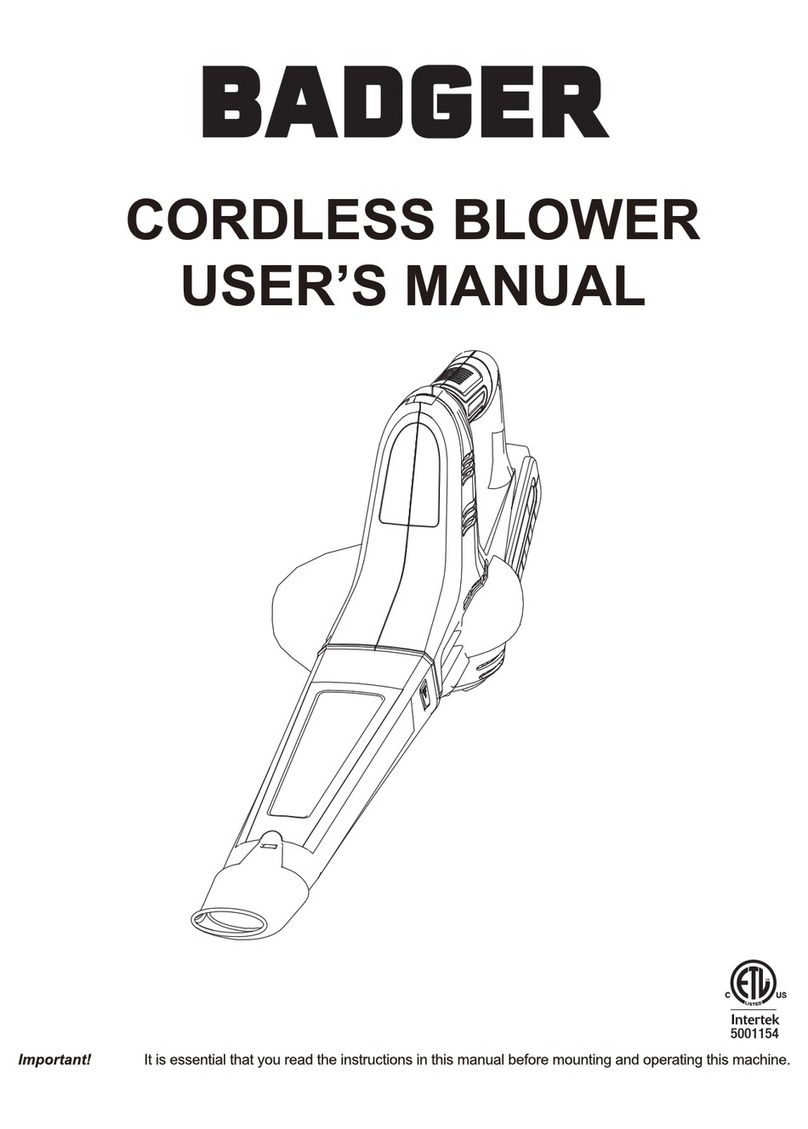
10
WATCH OUT FOR TRAFFIC. Make sure all re-
quired safety pins and chains are in place and
secure. Never travel faster than is appropriate for
conditions. Avoid injuries to you and others.
RULES OF THE ROAD. If the machine is to be
towed over the road, refer to the instructions in this
manual for specific preparation instructions. Be
sure that clearance flags, flashing lights, and warn-
ing signs are in place. Make sure the slow moving
emblem is clearly visible at a distance to any vehicle
approaching from the rear. Obey all traffic regula-
tions, use turn signals when turning, approach all
intersections with caution, observe all speed and
traffic control signs. Avoid panic braking. Travel
with caution.
SAFE PARKING. Always park your machine on a
level and non-operating or designated parking area.
If parking on a slope is necessary, position the
machine at right angles to the slope.
SAFE DISMOUNTING. Always bring tractor to a
complete stop before dismounting. Shut off the
engine. Dismount carefully. Check for slippery
conditions on steps or ground.
SAFE MAINTENANCE
PROTECT YOUR EYES. Wear eye protection.
Wear safety glasses or goggles to protect your eyes
from fuel or solvents. Wear goggles or a face shield
when you grind or drill on metal parts. Wear a
proper helmet or goggles when you weld, cut or
burn.
PREPARE THE REPAIR WORK AREA. Choose a
clean and level work area. Make sure there is
enough room and adequate light and ventilation.
Keep the floor and work surface clean. Wipe up oil
and grease and sand slippery areas. Make sure you
have the correct tools and keep them clean. Be
sure the necessary jacks and hoists are in good
order. Don't do any heavy lifting alone. A GOOD
MECHANIC CAN BE IDENTIFIED BY THE CONDI-
TION OF HIS TOOLS.
PREPARE THE MACHINE. Move the machine
onto a level surface. Shut off the engine and oper-
ate controls to release all hydraulic pressure. Never
work with the engine running. Remove only those
guards or covers that prevent access to the equip-
ment needing repair. BE CERTAIN THAT
GUARDS ARE REPLACED.
USE JACKS AND HOISTS CAREFULLY. Be
certain that the hoists or jacks you use have ad-
equate lifting capacity and are in good repair. Posi-
tion jacks and hoists carefully, lift slowly and only as
much as is needed for clearance. When working
beneath raised equipment, never depend on the
hoist or jack alone; always use substantial blocks.
Such blocks as concrete blocks are inadequate.
AVOID FIRE AND EXPLOSION HAZARDS. Al-
ways work in a well ventilated area. Make sure you
know where the fire extinguishers are kept and how
to use them. Use a non-flammable solvent to clean
parts instead of gasoline or diesel fuel.
AVOID ELECTRICAL HAZARDS. Never use wet,
worn or frayed power cords. Don't use electrical
equipment in wet areas. Be sure all electric drills,
drivers, wrenches, hoists, grinders and other power
tools are correctly wired and properly grounded.
Never touch bare wires without first making sure
they are not carrying current. In case of electrical
fires, use a CO2 fire extinguisher.
POWER SOURCE SHUTDOWN PROCEDURE
Before cleaning, unclogging, adjusting, lubricating or
servicing this machine:
1. Disengage the tractor PTO.
2. Shut off the tractor engine, remove the starter
key and take it with you.
3. Wait for all machine motion to stop
4. Remove ALL power connections from the
tractor.
Failure to follow these precautions could result in
death or serious injury.
SAFETY PRECAUTIONS FOR THE FARM





























